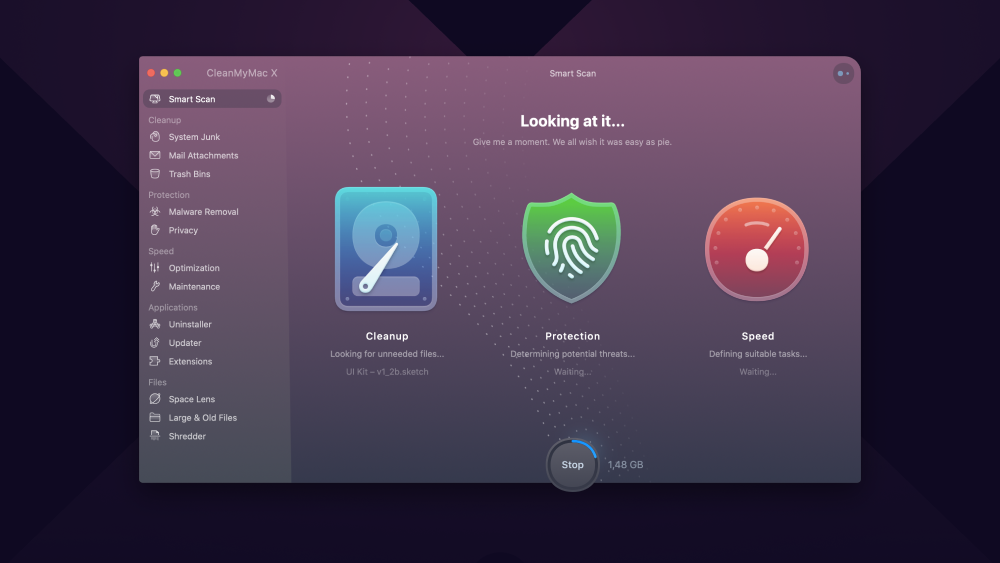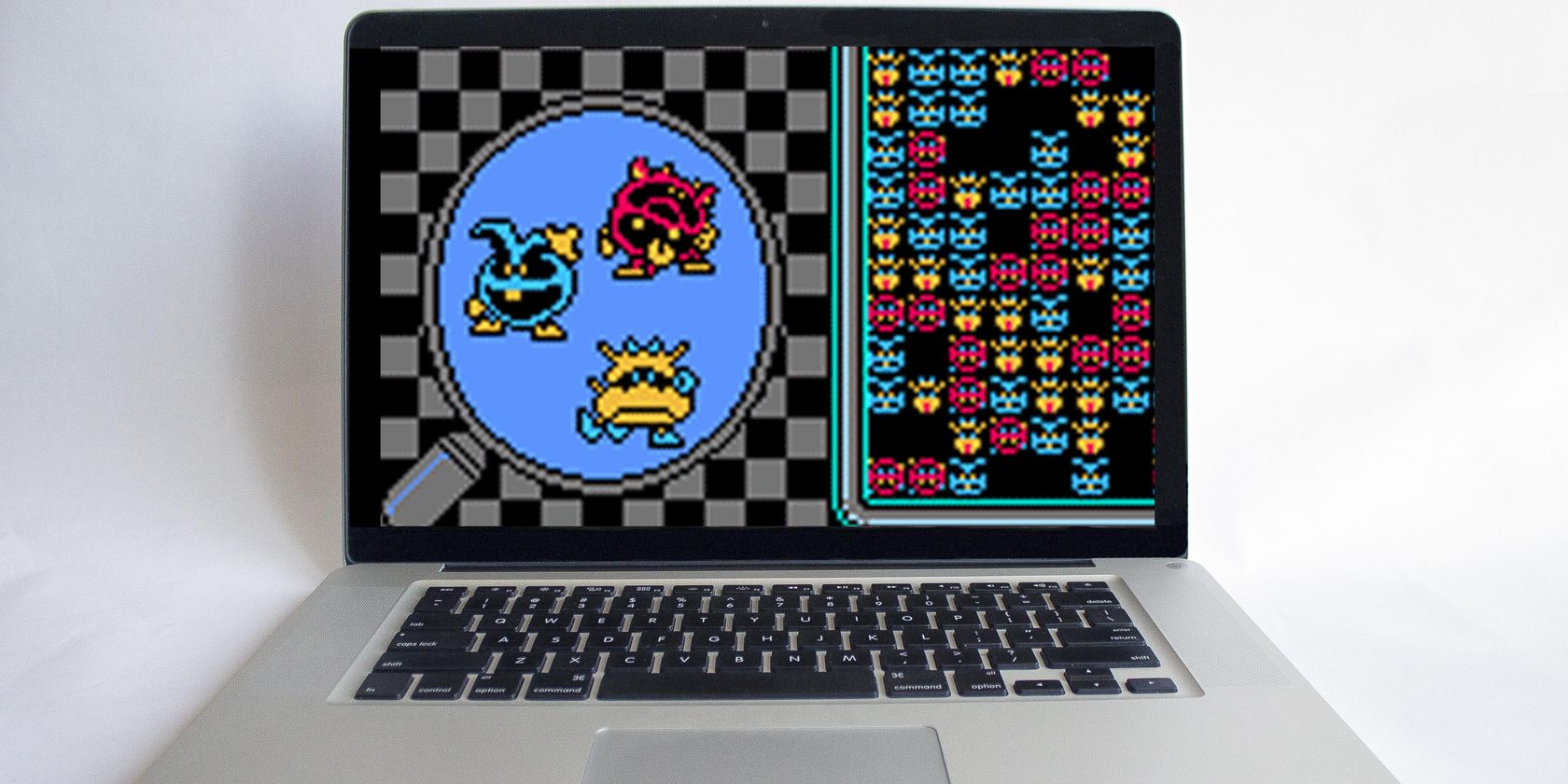
- BEST WAY TO SCAN MY MAC BOOK PRO FOR VIRUS FOR MAC OS X
- BEST WAY TO SCAN MY MAC BOOK PRO FOR VIRUS INSTALL
- BEST WAY TO SCAN MY MAC BOOK PRO FOR VIRUS UPDATE
- BEST WAY TO SCAN MY MAC BOOK PRO FOR VIRUS SOFTWARE
While the Flashback Trojan was used for password and data theft, that use is just one of the many applications for which hackers have written Trojan Horse programs over the years.
BEST WAY TO SCAN MY MAC BOOK PRO FOR VIRUS INSTALL
Users should take this story as a lesson to always install updates promptly when they become available, as doing so may be the easiest and best way to take care of any past or future Mac Trojan problems.
BEST WAY TO SCAN MY MAC BOOK PRO FOR VIRUS SOFTWARE
In other words, users could protect themselves from the Trojan or cure the issue by simply staying on top of all OS X software updates.
BEST WAY TO SCAN MY MAC BOOK PRO FOR VIRUS UPDATE
Shortly after the Trojan Horse was discovered, Apple released a software update with a security patch that specifically prevented the Trojan from activating its malicious processes. The good news in the case of Flashback is that Apple was quick to solve the problem. Once implemented on a Mac machine, the Flashback Trojan would go to work searching the computer for passwords and personal information. In that case, the Trojan disguised itself as an installer for the Adobe Flash Player. On the contrary, back in 2012, a Mac-based Trojan called “Flashback” made a bunch of headlines-including this Mashable article, which claimed that over 600,000 Mac computers had been infected.
BEST WAY TO SCAN MY MAC BOOK PRO FOR VIRUS FOR MAC OS X
While Trojan Horses are nowhere near as common for Mac OS X as they are for Microsoft Windows, that doesn’t mean Mac users never have to deal with these kinds of covert attacks. Don’t click links from people or websites you don’t trust, download your software from the Mac App Store instead of from the internet, and avoid torrent sites and other P2P download networks. In other words, the best way to avoid a Trojan Horse is to be careful about what you are downloading and where you are downloading it from. The Trojan can be disguised as anything you might want to download, from a music or video file on a torrent site, to a third-party program. These programs work by tricking a computer user into willfully downloading and running a disguised piece of malware, which activates malicious processes on your computer once it has been installed. Trojan Horse programs use the same basic concept as the Greeks did to get inside Troy. At nightfall, the host of Greek soldiers hiding in the horse emerged and opened the gates of Troy, letting the rest of their army into the city, catching the Trojans off guard, slaughtering the Trojan army, and winning the war. The Trojans, thinking themselves victorious in the war, pulled the horse inside the walls of Troy as a trophy of their triumph. Pretending to sail away in defeat, the Greeks constructed a giant horse and secretly hid soldiers inside. The Root of the “Trojan Horse” Nameĭuring the Trojan War, after a lengthy siege of Troy, the Greeks decided to try to trick their enemies in order to get inside the seemingly impregnable walls of the city. But what can you do to avoid this type of malware and the headache it brings, or to detect and delete it from your Mac once you have been infected? Read on to learn more about this particularly malicious type of malware.


Needless to say, a Trojan Horse is bad news for both you and your computer. If your Mac has been infected by a Trojan Horse, the program could do any number of things to the system-from initiating the installation of other viruses or malware programs, to giving a hacker complete remote control of your system.

Once the Trojan program has been installed, it goes to work with its true purpose, executing malicious activities that greatly compromise the overall security of the system. A Trojan Horse, in the computer world, is a potentially devastating type of malware that disguises itself as something desirable in order to be installed or downloaded onto a computer system.


 0 kommentar(er)
0 kommentar(er)
